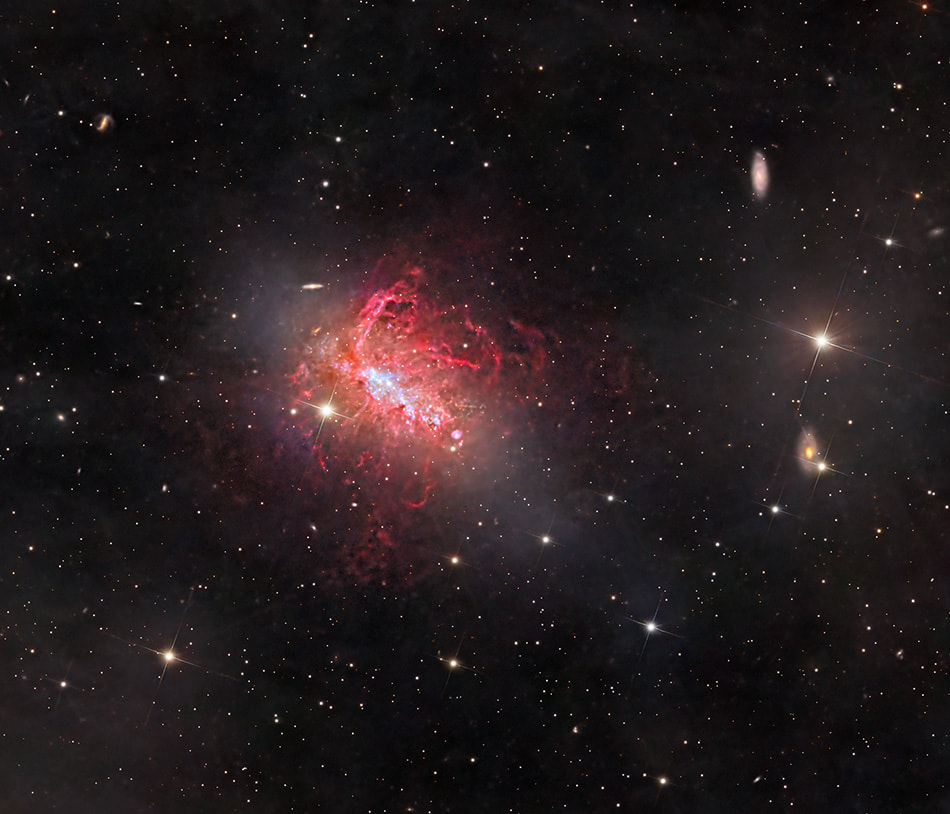Blog
This galaxy is unusual for how many stars it seems that you can see. Stars are so abundantly evident in this deep exposure of the spiral galaxy NGC 300 because so many of these stars are bright blue and grouped into resolvable bright star clusters. Additionally, NGC 300 is so clear because it is one of the closest spiral galaxies to Earth, as light takes only about 6 million years to get here. Of course, galaxies are composed of many more faint stars than bright, and even more of a galaxy’s mass is attributed to unseen dark matter. NGC 300 spans nearly the same amount of sky as the full moon and is visible with a small telescope toward the southern constellation of the Sculptor. The featured image was captured in October from Rio Hurtado, Chile and is a composite of over 20 hours of exposure.
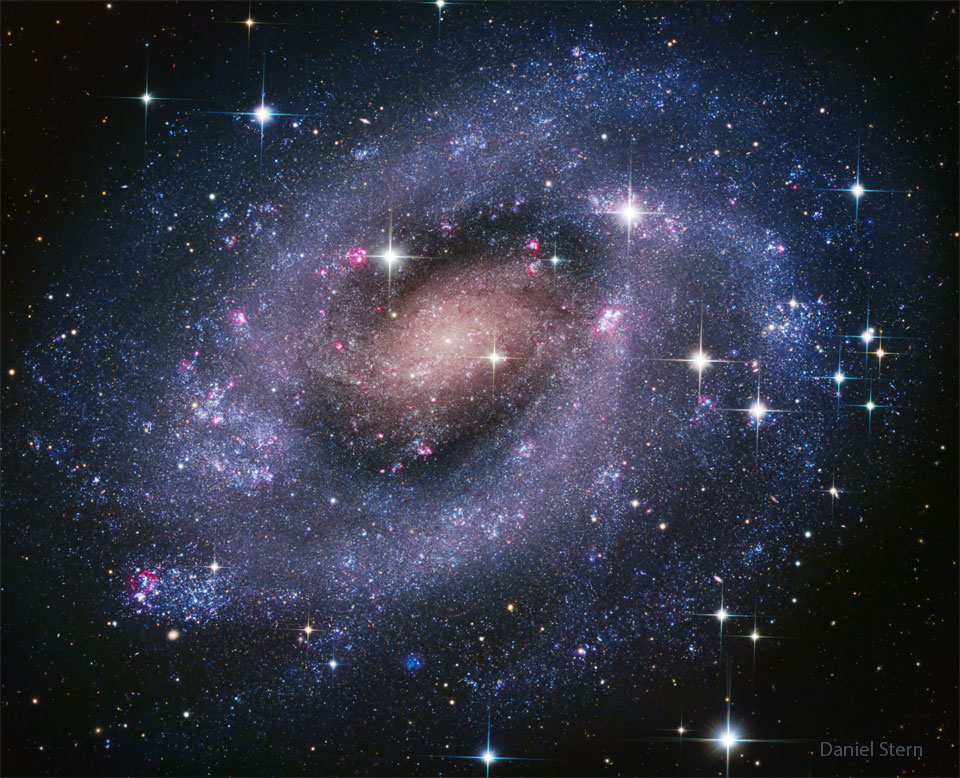
more...
Duane Roland (December 3, 1952 – June 19, 2006) was an American guitarist for the Southern hard rock band Molly Hatchet. He was a member of the band from its founding in the mid-1970s until his departure in 1990. After leaving the band he played with the Southern Rock Allstars and Gator Country, which included many of the founding members of Molly Hatchet.
more...Clarence Joseph Ford, Sr. (December 16, 1929 – August 9, 1994) was an American saxophonist and clarinetist, who played and recorded with many of New Orleans’ leading R&B and jazz artists in a career spanning more than 40 years. Clarence Ford had his initial professional job at age 15 with the Eureka Brass Band in 1945 when he played E-flat clarinet at a Mardi Gras gig. He said in an interview that at the time he only knew three songs– “The Saints”, “Lady Be Good”, and “Panama”. In 1948 Ford joined Wallace Davenport’s Bebop Jockeys after switching to alto saxophone. He bought his first alto sax at Werlein’s for Music in New Orleans, and his idol was Charlie Parker. Ford joined the Johnson Brothers band in 1949. The Johnson brothers Ray and Plas, Jr. were from a musical family and had been professionals since they played their first gig at ages 13 and 12 years old respectively. Ford recorded for the first time on the Johnson Brothers’ De Luxe Records release “Mellow Mama” in August 1949. The session was supervised by De Luxe A&R man Paul Gayten, and, in addition to Ford, featured Harold Battisteon baritone sax, Lloyd Lambert on bass, Reynold Richards on piano, and Ed Blackwell on drums. Clarence Ford also worked as an orderly at Charity Hospital for $20 a week, in addition to his music dates, to support his wife and two children. The Johnson Brothers band broke up when Plas went on the road with Charles Brown’s band in 1951. Ford left New Orleans for Detroit to stay with his uncle Percy Gabriel. He got a job at the Ford Motor plant but was laid off after two months. When he returned to New Orleans he went to work recording with Dave Bartholomew, whose band included Bartholomew on trumpet, Earl Palmer on drums, Red Tyler, Clarence Hall and Meyer Kennedy on saxophones, Salvador Doucette on piano, and Frank Fields on bass. Ford played on recordings by Dave Bartholomew’s band, and other artists he produced. He worked a day job with Joe Jones at a New Orleans paper company. Ford worked with the Lloyd Lambert Orchestra, including a month-long stay at the Dew Drop Inn in May 1953. In 1954 he and friend trumpeter Dalton “Red” Rousseau were hired by manager Hosea Hill to play in Guitar Slim’s band. Ford was recruited as a baritone sax player and, since he did not own a baritone sax, borrowed one from friend Ellis Marsalis, who had switched to piano. On the road Slim rode ahead in his Cadillac, and the band rode behind with the equipment in a station wagon. Ford stayed with Guitar Slim until 1956, then returned home to New Orleans. He played around New Orleans, often sitting in at the Dew Drop Inn, playing tenor sax for $10 a night with Earl King on guitar and James Booker on piano. He worked days at the Dixie Beer brewery making $6 a day. Tenor sax man Herb Hardesty approached Ford in January 1957 about joining Fats Domino’s band. Ford came aboard to play baritone sax.
more...Kanaka Dasa (1509–1606) was a Haridasa saint and philosopher of Dvaita Vedanta, also known as Daasashreshta Kanakadasa (ದಾಸಶ್ರೇಷ್ಠ ಕನಕದಾಸ) from present-day Karnataka, India. He was a follower of Madhvacharya‘s Dvaita philosophy and a disciple of Vyasatirtha. He was a composer of Carnatic music, poet, reformer and musician. He is known for his keertanas and ugabhoga, and his compositions in the Kannada language for Carnatic music. Like other Haridasas, he used simple Kannada and native metrical forms for his compositions.
more...Edward “Corky” Cornelius (December 3, 1914 – August 3, 1943) was an American jazz trumpeter.
Cornelius’s father was a drummer who worked regionally in dance bands in Texas. He was born in Indiana and raised in Binghamton, New York, and began his career in the early 1930s, playing with Les Brown, Buddy Rogers, and Frank Dailey. He joined Benny Goodman‘s band early in 1939, and went with Gene Krupa when the drummer split off to form his own group.
While there, Cornelius met singer Irene Daye, whom he married soon after. He played with the Casa Loma Orchestra from 1941 until 1943, when he died suddenly of kidney failure. His widow, Daye, married Charlie Spivak, in 1950.
more...The subject of this NASA/ESA Hubble Space Telescope Picture of the Week is NGC 1637, a spiral galaxy located 38 million light-years from Earth in the constellation Eridanus.
This image comes from an observing programme dedicated to studying star formation in nearby galaxies. Starsform in cold, dusty gas clouds that collapse under their own gravity. As young stars grow, they heat their nurseries through starlight, winds, and powerful outflows. Together, these factors play a role in controlling the rate at which future generations of stars form.
Evidence of star formation is scattered all around NGC 1637, if you know where to look. The galaxy’s spiral arms are dotted with what appear to be pink clouds, many of which are accompanied by bright blue stars. The pinkish colour comes from hydrogen atoms that have been excited by ultraviolet light from young, massive stars. This contrasts with the warm yellow glow of the galaxy’s centre, which is home to a densely packed collection of older, redder stars.
The stars that set their birthplaces aglow are comparatively short-lived, and many of these stars will explode as supernovae just a few million years after they’re born. In 1999, NGC 1637 played host to a supernova, pithily named SN 1999EM, that was lauded as the brightest supernova seen that year. When a massive star expires as a supernova, the explosion outshines its entire home galaxy for a short time. While a supernova marks the end of a star’s life, it can also jump start the formation of new stars by compressing nearby clouds of gas, beginning the stellar lifecycle anew.
[Image Description: A spiral galaxy filling the view. Its disc is filled with bright red spots where stars are forming, dark reddish threads of dust that obscure light, and bluish glowing areas where older stars are concentrated. It has a large, glowing yellow oval area at the centre, from which two spiral arms wind through the galaxy’s disc. The bottom side of the disc is rounded while the top side is somewhat squared-off.
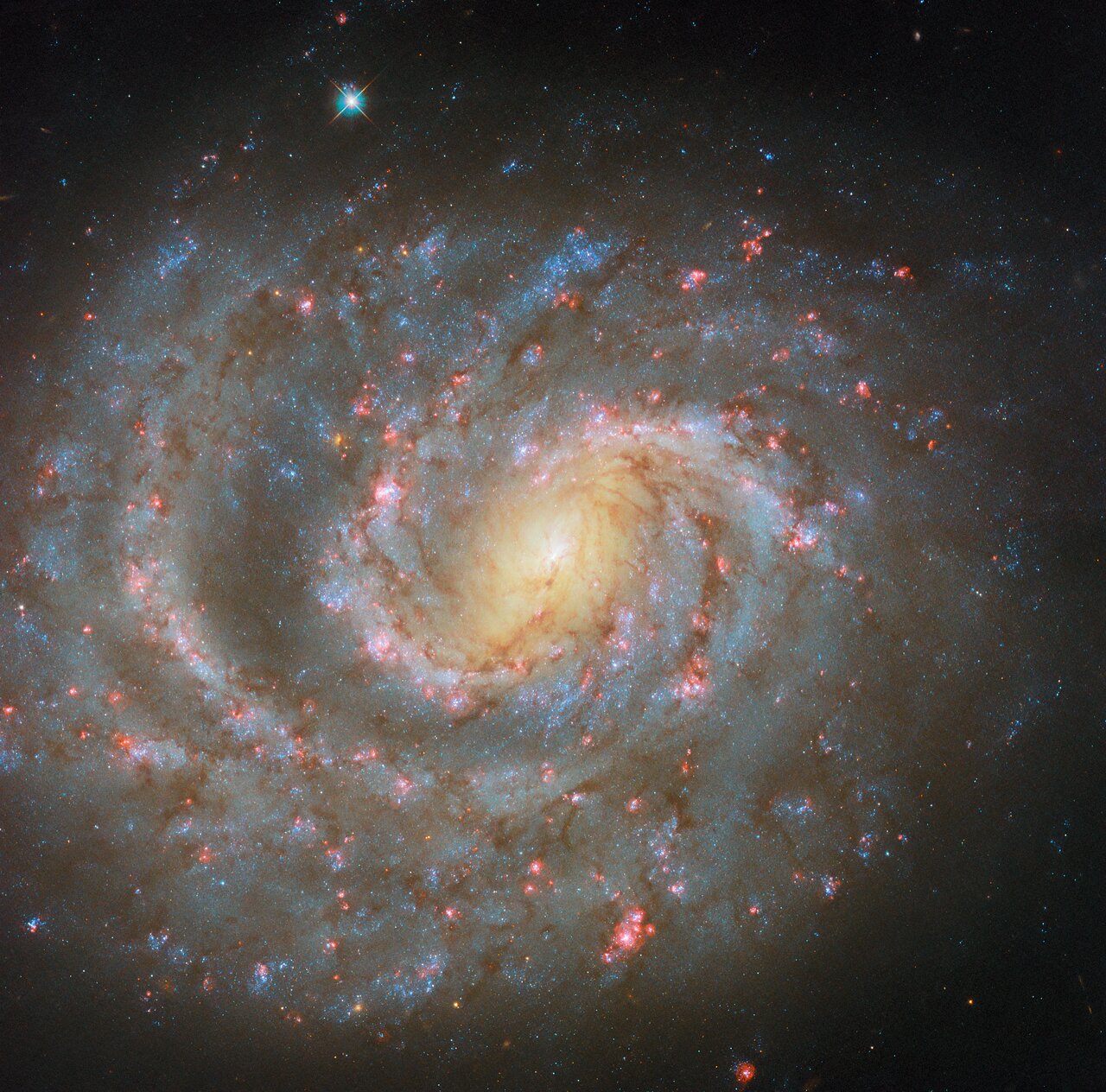
Charlie Ventura (born Charles Venturo; December 2, 1916 – January 17, 1992) was an American tenor saxophonist and bandleader from Philadelphia, Pennsylvania, United States.
During the 1940s, Ventura played saxophone for the bands of Gene Krupa and Teddy Powell. In 1945 he was named best tenor saxophonist by DownBeat magazine.He led a band which included Conte Candoli, Bennie Green, Boots Mussulli, Ed Shaughnessy, Jackie Cain, and Roy Kral. He led big bands in the 1940s and 1950s and formed the Big Four with Buddy Rich, Marty Napoleon, and Chubby Jackson. He was a sideman with Krupa through the 1960s, then worked in Las Vegas with comedian Jackie Gleason.
He died of lung cancer in 1992. His great-grandson is the musician MJ Lenderman.
more...Tal Wilkenfeld (born 2 December 1986) is an Australian bassist, singer and songwriter. She has performed with artists including Chick Corea, Jeff Beck, Prince, Incubus, Eric Clapton, Herbie Hancock, Toto (band), and Mick Jagger. In 2008, Wilkenfeld was voted “The Year’s Most Exciting New Player” in a Bass Player magazine readers’ choice poll. In 2013, Wilkenfeld was awarded the Bass Player magazine’s “Young Gun Award” by Don Was; she then performed “Chelsea Hotel” by Leonard Cohen.
Wilkenfeld is a bandleader of her own bands in which she sings, plays bass, and plays guitar. In earlier work, she was backed by musicians such as Wayne Krantz and Vinnie Colaiuta. She opened for the Who on the North American part of The Who Hits 50! tour in 2016. In 2016, she released a single entitled “Corner Painter” featuring Blake Millsand Benmont Tench. Also in 2016, Rolling Stone said that Wilkenfeld was “working on new music that sees her evolving from an instrumental prodigy into a formidable singer-songwriter.” On 15 March 2019, Wilkenfeld released her vocal debut album Love Remains, which reached No. 1 on the Billboard Heatseeker charts on the first week of its release. Love Remains has been highly praised by the press and was featured in Rolling Stone, Relix, Paste, Billboard, and Forbes. Rolling Stone described her vocal debut as having “ten dense, riff-heavy tracks with brazen, introspective lyrics—prove her songwriting abilities.” Wilkenfeld has also been a guest on popular podcasts, including WTF with Marc Maron, and Bill Burr‘s Monday Morning Podcast.
Wilkenfeld has recorded on projects with Ringo Starr, Brian Wilson, Toto, Todd Rundgren, Macy Gray, Dr. John, Trevor Rabin, Jackson Browne, Joe Walsh, Rod Stewart, John Mayer, Sting, Ben Harper, David Gilmour, Pharrell, Buddy Guy, Billy Gibbons, Lee Ritenour, Hiram Bullock, Susan Tedeschi, and Hans Zimmer, and Playing for Change with Carlos Santana.
more...Wynton Charles Kelly (December 2, 1931 – April 12, 1971 NY, NY) was an American jazzpianist and composer. He is known for his lively, blues-based playing and as one of the finest accompanists in jazz. He began playing professionally at the age of 12 and was pianist on a No. 1 R&B hit at the age of 16. His recording debut as a leader occurred three years later, around the time he started to become better known as an accompanist to singer Dinah Washington, and as a member of trumpeter Dizzy Gillespie‘s band. This progress was interrupted by two years in the United States Army, after which Kelly worked again with Washington and Gillespie, and played with other leaders. Over the next few years, these included instrumentalists Cannonball Adderley, John Coltrane, Hank Mobley, Wes Montgomery, and Sonny Rollins, and vocalists Betty Carter, Billie Holiday, and Abbey Lincoln.
Kelly attracted the most attention as part of Miles Davis‘ band from 1959, including an appearance on the trumpeter’s Kind of Blue, often mentioned as the best-selling jazz album ever. After leaving Davis in 1963, Kelly played with his own trio, which recorded for several labels and toured the United States and internationally. His career did not develop much further, and he had difficulty finding enough work late in his career. Kelly, who was known to have epilepsy, died in a hotel room in Canada following a seizure, aged 39.
more...
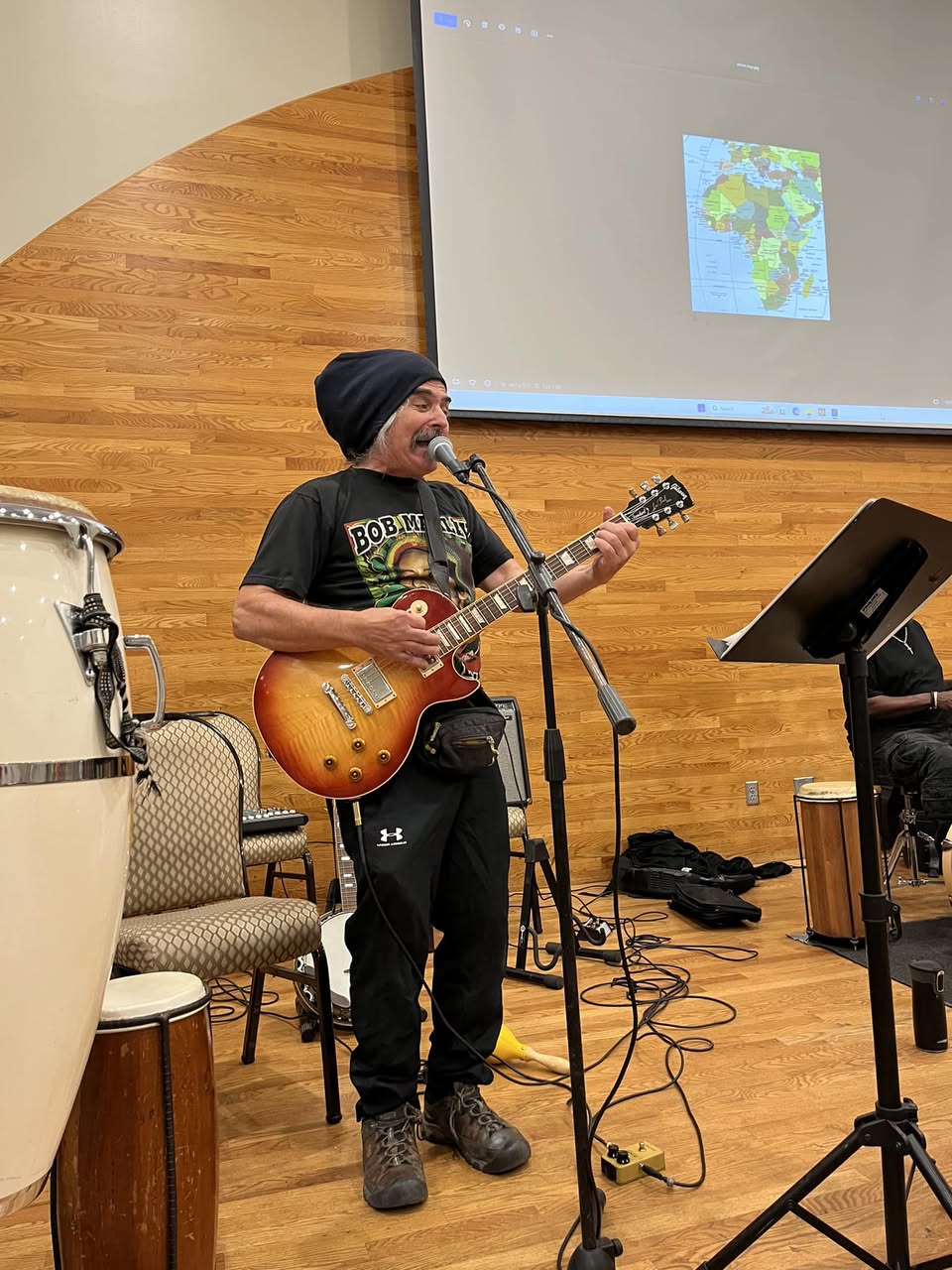
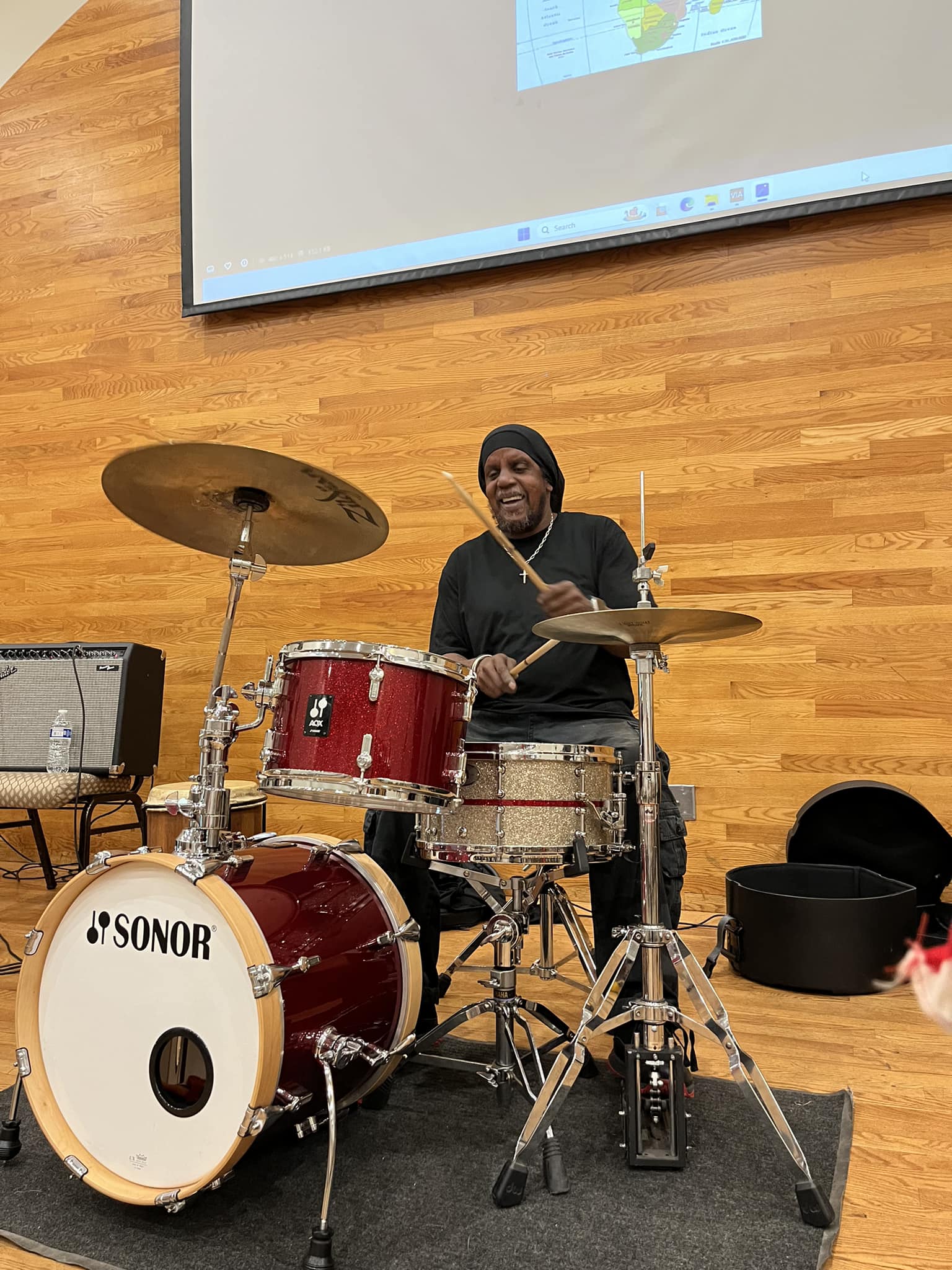
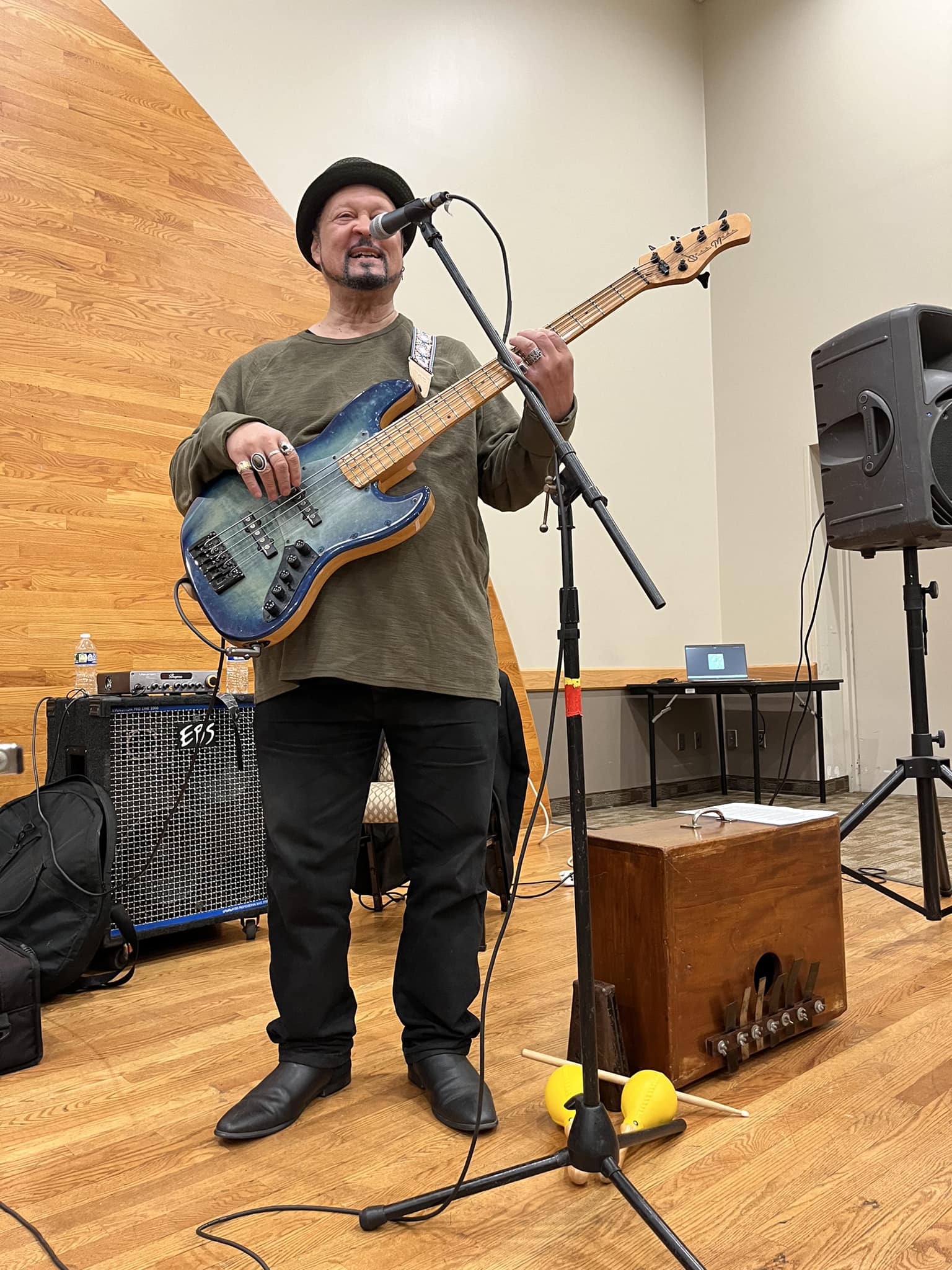
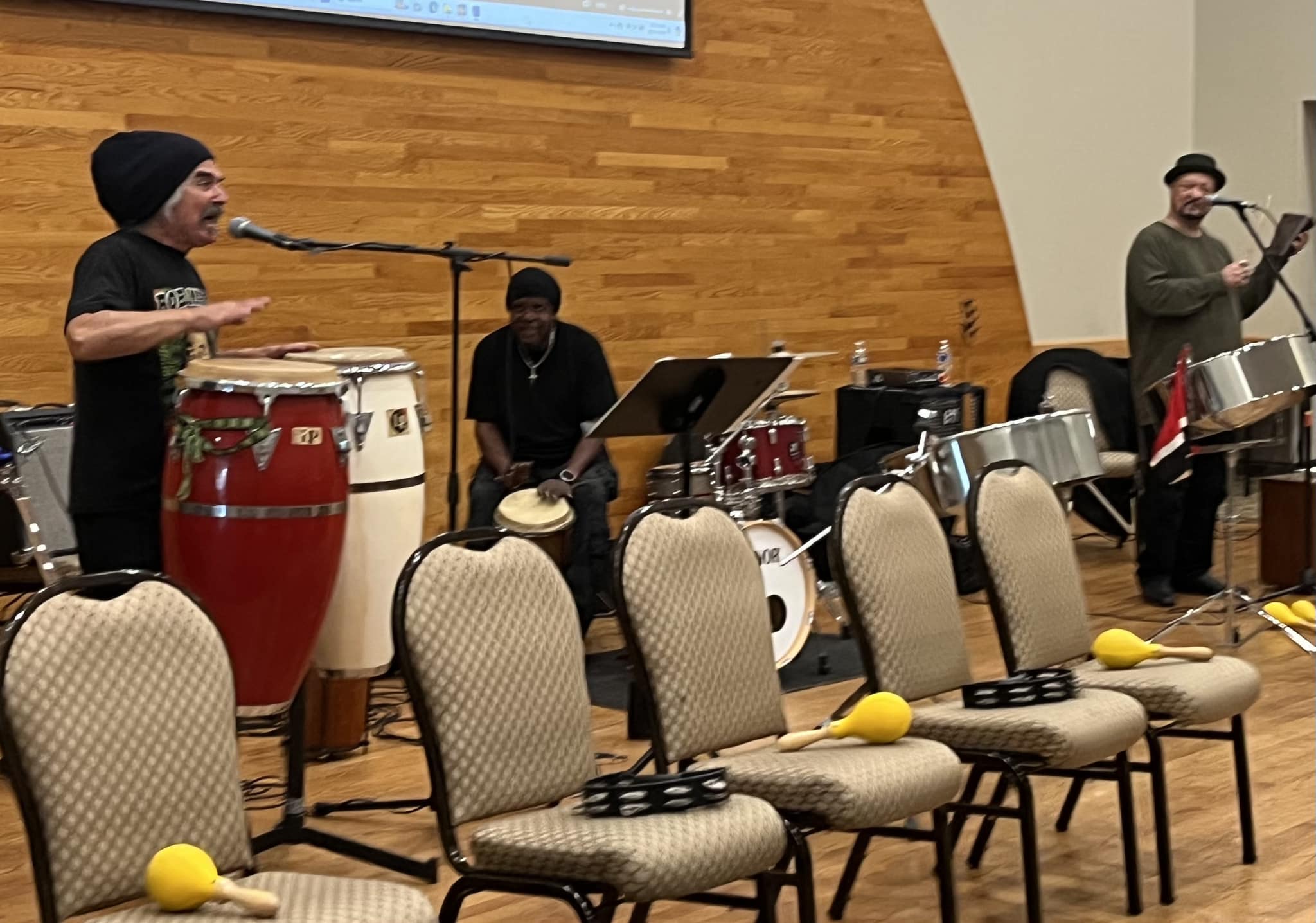
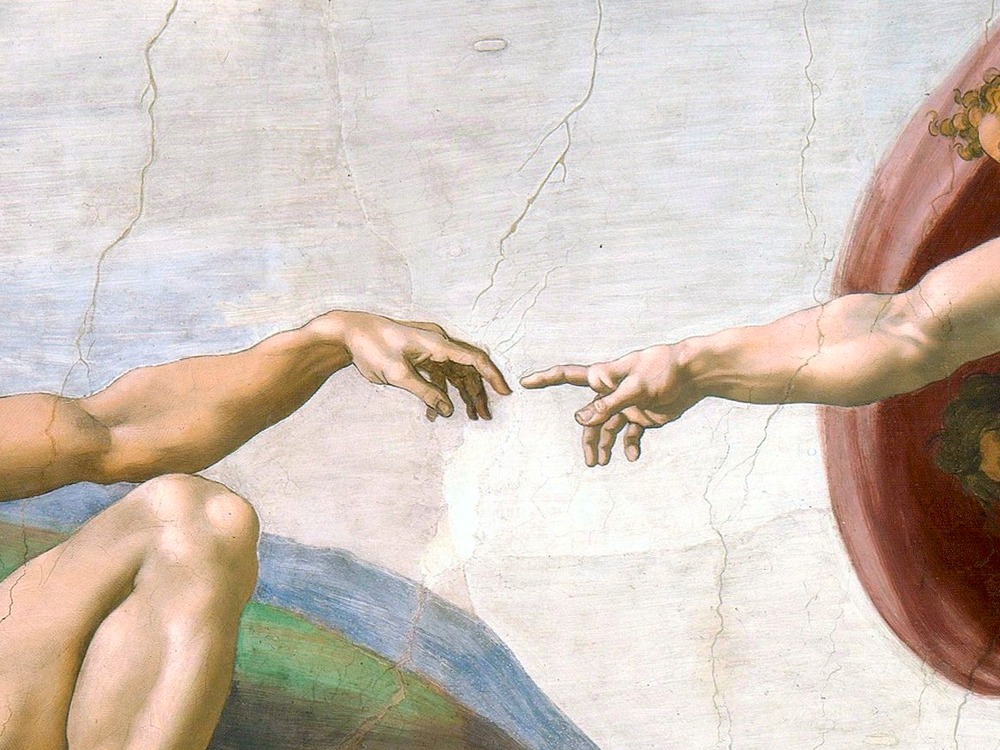
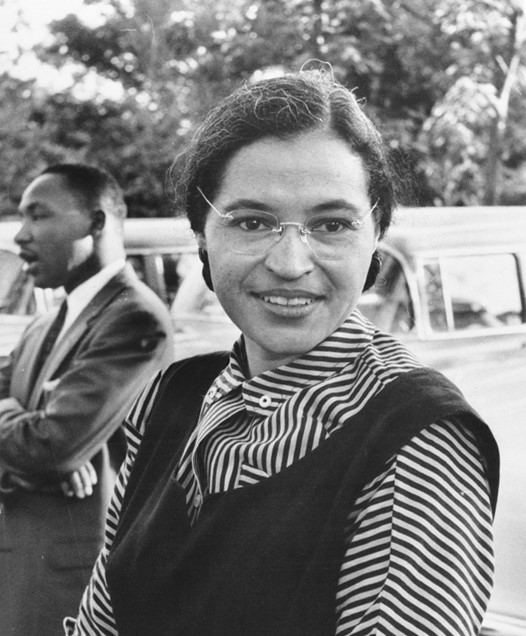
NGC 1569 is a dwarf irregular galaxy in Camelopardalis. The galaxy is relatively nearby and consequently, the Hubble Space Telescope can easily resolve the stars within the galaxy. The distance to the galaxy was previously believed to be only 2.4 Mpc (7.8 Mly). However, in 2008 scientists studying images from Hubble calculated the galaxy’s distance at nearly 11 million light-years away, about 4 million light-years farther than previously thought, meaning it is a member of the IC 342 group of galaxies. Adam Block pic.
